The Arctic, often described as the planet’s air conditioner, is undergoing transformations so rapid that scientists struggle to keep pace with the data. At the heart of this metamorphosis lies a phenomenon known as Arctic amplification—the disproportionate warming of the Arctic compared to the global average. While the concept has been discussed for decades, recent advances in observational technologies and climate modeling have allowed researchers to quantify its mechanisms and impacts with unprecedented precision. What emerges is not just a regional curiosity but a climate feedback engine with global consequences.
Ice Albedo Feedback: The Primary Driver
Central to Arctic amplification is the ice-albedo feedback loop, a process now quantified with startling clarity. Satellite measurements reveal that Arctic sea ice reflects up to 80% of incoming solar radiation (albedo effect), while open ocean waters absorb about 90%. As warming causes ice retreat, the increased heat absorption creates a self-reinforcing cycle. Recent studies using CERES satellite data show this feedback accounts for approximately 40% of observed Arctic warming—a figure that surprised even veteran researchers when first published in Nature Climate Change.
The numbers grow more concerning when examining rate changes. Where global temperatures have risen by about 1°C since pre-industrial times, Arctic surface air temperatures have increased by 3°C—with some localized areas showing 5°C warming. This 3:1 ratio represents the current quantification of Arctic amplification, though the multiplier effect appears nonlinear. Climate models project this ratio could reach 4:1 or higher by 2100 under high-emission scenarios.
Atmospheric Mechanics: The Jet Stream Connection
Quantifying atmospheric impacts has proven more complex but equally revealing. The reduced temperature gradient between Arctic and mid-latitude regions weakens the polar jet stream, causing it to meander. Advanced Lagrangian tracking methods now show these "wavy" jet stream patterns have increased in amplitude by 15-20% since 1979. The tangible consequences include prolonged weather extremes—from the Texas deep freeze of 2021 to European heat domes—whose economic costs are being traced back to Arctic changes through climate attribution studies.
Perhaps most counterintuitive is the winter amplification effect. While Arctic warming is pronounced year-round, winter months (November-February) show the strongest amplification factors—up to 4 times global averages. This stems from increased heat transfer from ocean to atmosphere as sea ice fails to reform, a process quantified through buoy networks showing autumn ocean heat content increases of 150% in the Beaufort Sea since 1970.
Carbon Feedback Loops: The Sleeping Giant
Below the surface, literally and figuratively, lies what may become Arctic amplification’s most consequential aspect: permafrost carbon feedback. Advanced spectrometers on aircraft campaigns have detected methane hotspots across thawing permafrost regions, while ground-penetrating radar reveals previously unknown taliks (thawed zones) expanding beneath 60% of monitored sites. Current estimates suggest permafrost contains 1,400-1,600 gigatons of organic carbon—nearly twice what’s in the atmosphere.
The pace of release remains uncertain, but new quantification methods using radiocarbon dating and flux towers suggest current emissions may already equal 10% of anthropogenic fossil fuel emissions. Should large-scale abrupt thaw occur—as seen in parts of Siberia—this could double by mid-century. Such numbers transform Arctic amplification from a physical climate process into a carbon cycle wildcard with the potential to undermine global mitigation efforts.
Oceanic Impacts: Beyond Sea Level Rise
While much attention focuses on Greenland’s ice sheet (currently contributing 1mm/year to sea level rise), less discussed are Arctic Ocean changes. Quantification of freshwater input from melting ice and increased precipitation shows a 30% rise since 1900, equivalent to adding a layer of freshwater 2.4 meters thick across the entire Arctic Ocean surface. This freshwater cap is already slowing the Atlantic Meridional Overturning Circulation (AMOC) by 15%, with paleoclimate data suggesting further weakening could trigger climate tipping points.
Simultaneously, acidification progresses faster in the Arctic than elsewhere due to increased CO2 solubility in cold waters. pH measurements show Arctic surface waters acidifying 30% faster than tropical oceans, threatening the base of marine food webs in a region that supports some of Earth’s most productive fisheries.
The Human Dimension: Quantifying Vulnerability
For Indigenous communities, quantification comes in reduced sea ice travel days (down by 30-45 days/year in many regions) and shifting wildlife patterns. Economic analyses show Arctic infrastructure damages from permafrost thaw could reach $30 billion by 2050, while newly accessible shipping routes may cut Asia-Europe transit times by 40%—a paradox of Arctic change creating both crisis and opportunity.
Perhaps most sobering is the temporal compression revealed by ice core data. Where past natural warm periods (like the Eemian interglacial 125,000 years ago) saw 5°C Arctic warming over millennia, we’re achieving similar magnitudes in decades. This rate of change, quantified through paleoclimate proxies, suggests biological and human systems face adaptation challenges without precedent in our species’ history.
Policy Implications: The Numbers Don’t Lie
The quantified reality of Arctic amplification demands policy responses that match its multiplier effect. Current national commitments under the Paris Agreement would still permit 3°C global warming by 2100—translating to 9-12°C in the Arctic according to amplification ratios. Climate models show this could make summer Arctic sea ice a once-a-century event by 2050 rather than the ice-free projections often cited.
Emerging technologies like AI-driven permafrost monitoring and satellite-based methane detection are providing the granular data needed for targeted interventions. However, the ultimate equation remains simple: every ton of CO2 emitted worsens Arctic amplification, which in turn accelerates global climate disruption. The numbers have spoken—the question is whether we’ll listen before the Arctic’s transformations become irreversible.
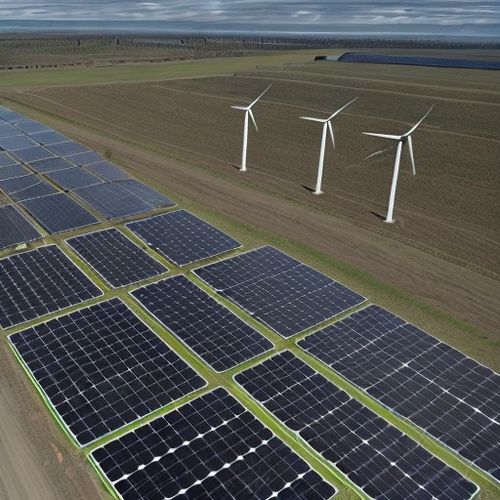
By Megan Clark/Apr 19, 2025

By Thomas Roberts/Apr 19, 2025
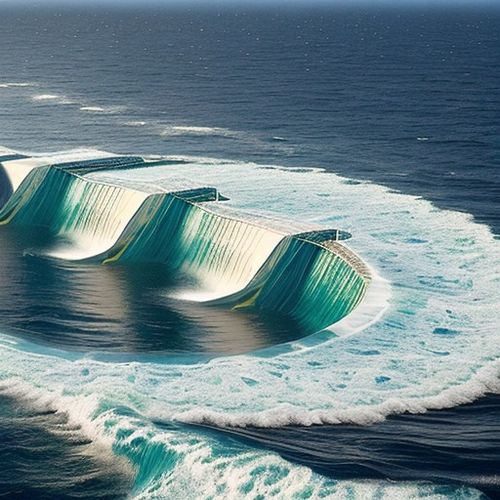
By Thomas Roberts/Apr 19, 2025

By Emily Johnson/Apr 19, 2025

By Samuel Cooper/Apr 19, 2025

By Samuel Cooper/Apr 19, 2025

By George Bailey/Apr 19, 2025

By Joshua Howard/Apr 19, 2025

By William Miller/Apr 19, 2025

By Emily Johnson/Apr 19, 2025
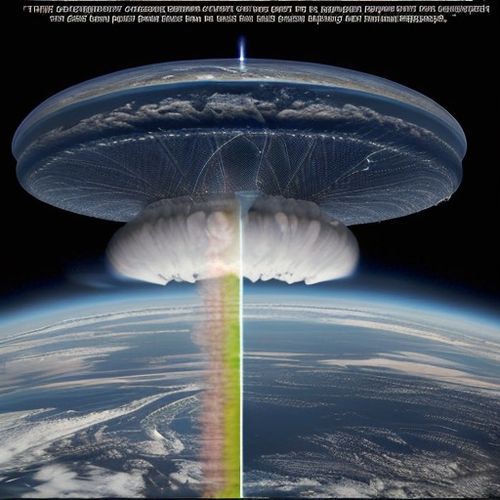
By William Miller/Apr 19, 2025
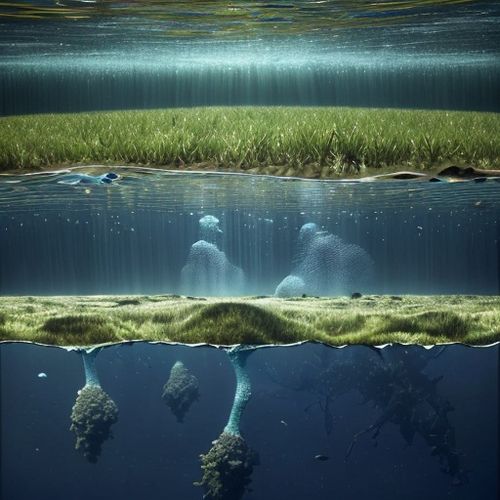
By James Moore/Apr 19, 2025
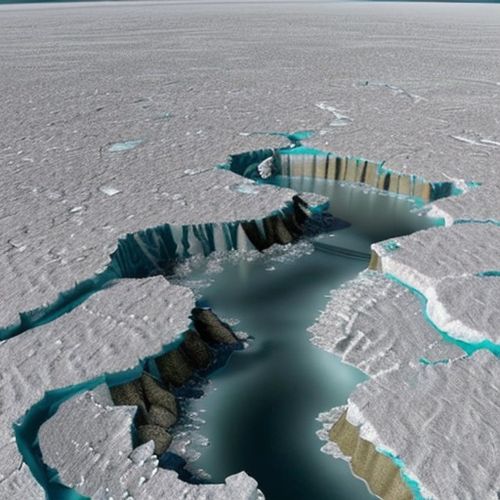
By Joshua Howard/Apr 19, 2025
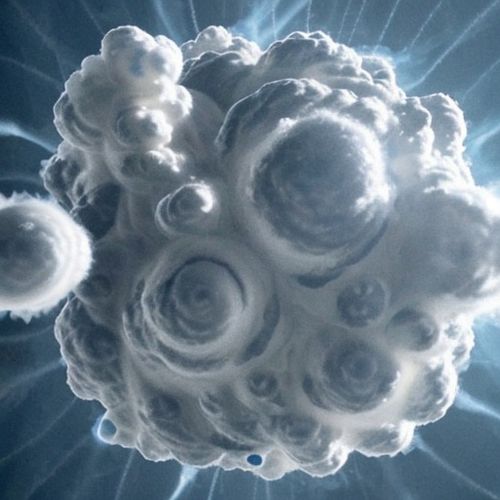
By William Miller/Apr 19, 2025
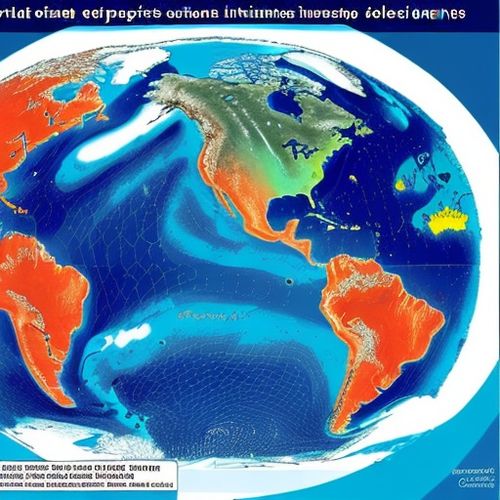
By James Moore/Apr 19, 2025

By Elizabeth Taylor/Apr 19, 2025
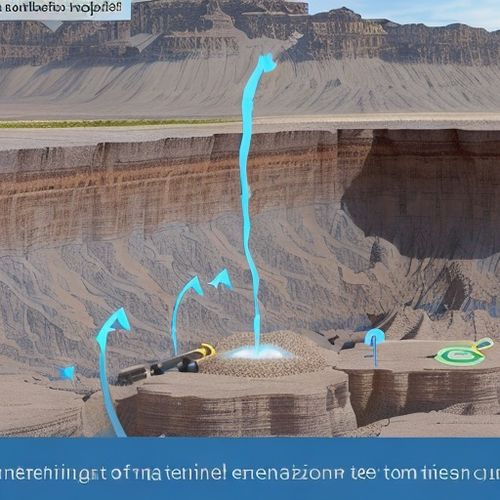
By Grace Cox/Apr 19, 2025
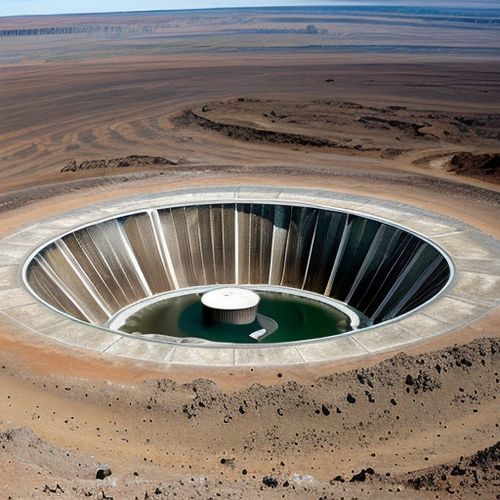
By Grace Cox/Apr 19, 2025
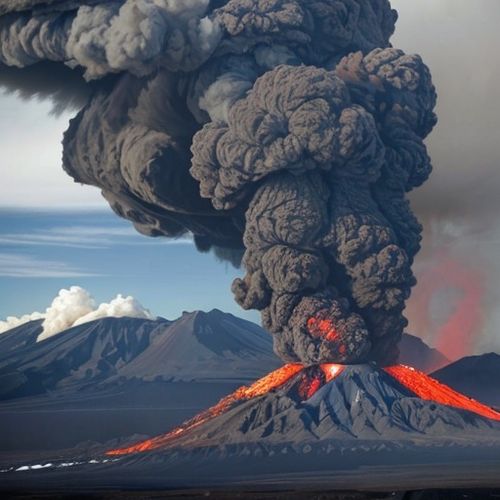
By Joshua Howard/Apr 19, 2025

By David Anderson/Apr 19, 2025